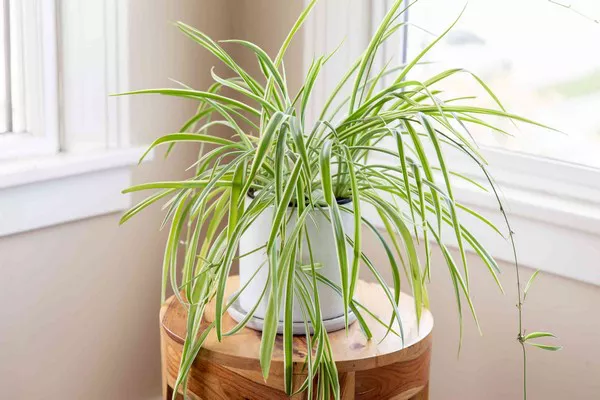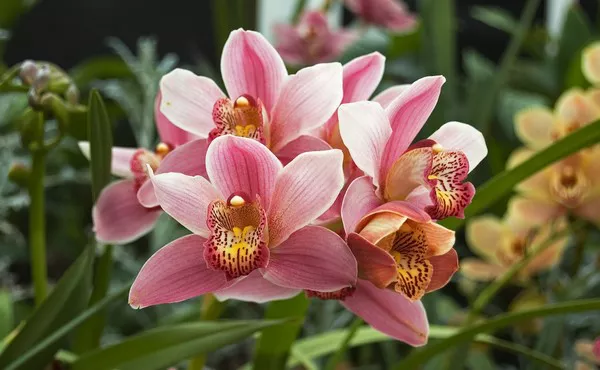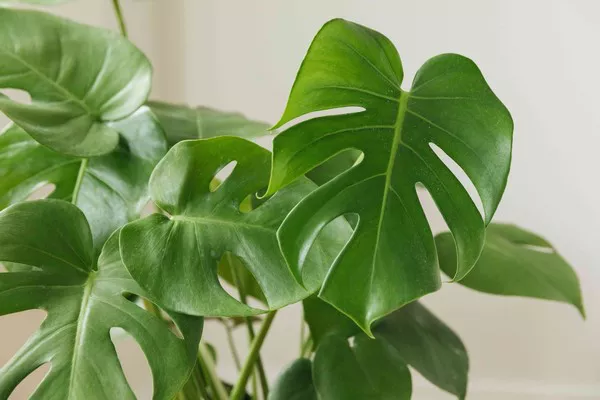Dahlias are a beloved addition to gardens worldwide, known for their vibrant colors and striking forms. Among the myriad of dahlia varieties, one stands out for its sheer size and beauty: the Emory Paul Dinnerplate Dahlia. This article delves into the fascinating world of the Emory Paul Dahlia, exploring its characteristics, cultivation, history, and the reasons why it has captured the hearts of gardeners and flower enthusiasts alike.
Introduction to the Emory Paul Dinnerplate Dahlia
The Majesty of Dahlias
Dahlias, native to Mexico and Central America, belong to the Asteraceae family. They come in a variety of forms, colors, and sizes, making them a favorite among gardeners and florists. The Emory Paul Dinnerplate Dahlia is particularly noteworthy due to its enormous blooms and dramatic appearance.
What Makes Emory Paul Unique?
The Emory Paul Dahlia is renowned for its massive flowers, often measuring up to 12 inches in diameter. Its vibrant colors and impressive size make it a showstopper in any garden. Named after its breeder, Emory Paul, this variety has set a benchmark for giant dahlias, earning a place of honor in horticultural circles.
See Also: Top 10 Endangered Plants in the World
Characteristics of Emory Paul Dahlia
Size and Shape
The Emory Paul Dahlia is categorized as a dinnerplate dahlia, a term used to describe dahlias with exceptionally large blooms. The flowers can reach up to 12 inches across, with some even surpassing this size under optimal conditions. The blooms are fully double, with a symmetrical, rounded shape that adds to their dramatic appeal.
Color Variations
The Emory Paul Dahlia is typically found in vibrant shades of red and purple, with petals that sometimes have lighter or darker edges. The rich colors and large size make the flowers highly attractive and eye-catching, ideal for creating stunning floral arrangements and garden displays.
Growth Habits
This dahlia variety grows on robust stems that can reach heights of 4 to 6 feet, providing a strong foundation to support the large blooms. The foliage is lush and green, offering a beautiful backdrop to the striking flowers. Emory Paul Dahlias are mid-to-late season bloomers, typically flowering from late summer to early autumn.
Cultivation and Care
Planting Requirements
Emory Paul Dahlias thrive in well-drained soil with plenty of organic matter. They prefer a sunny location, receiving at least six hours of direct sunlight daily. Planting should be done after the last frost, as dahlias are not frost-tolerant.
Soil Preparation
Prepare the planting site by working compost or well-rotted manure into the soil to improve fertility and drainage. The soil pH should be slightly acidic to neutral, around 6.0 to 7.0.
Planting Tubers
Dahlias are typically grown from tubers. Plant the tubers about 6 inches deep, with the eye (growth point) facing up. Space them about 2 to 3 feet apart to allow adequate airflow and room for growth.
Watering and Feeding
Regular watering is essential, especially during dry periods. However, avoid overwatering, as dahlias are susceptible to rot. Mulching around the plants helps retain moisture and suppress weeds. Fertilize with a balanced, slow-release fertilizer or a high-potassium feed to encourage strong growth and abundant blooms.
Staking and Support
Given the height and weight of Emory Paul Dahlias, staking is necessary to prevent the stems from breaking. Install stakes at the time of planting and use soft ties to secure the plants as they grow.
Pruning and Deadheading
Encouraging More Blooms
Regular deadheading, or removing spent flowers, encourages the plant to produce more blooms. Prune any weak or damaged stems to promote healthy growth and prevent disease.
Pinching
Pinching, or removing the growing tips of young plants, can encourage bushier growth and more flower buds. This is typically done when the plants are about 12 inches tall.
Pests and Diseases
Common Pests
Emory Paul Dahlias can be affected by various pests, including aphids, slugs, and spider mites. Regular inspection and prompt treatment with insecticidal soap or natural predators can help keep pest populations under control.
Disease Management
Dahlias can suffer from fungal diseases such as powdery mildew and botrytis. Ensuring good air circulation, avoiding overhead watering, and applying fungicides as needed can help prevent these issues.
Propagation
Dividing Tubers
Dahlias can be propagated by dividing the tubers in the spring. Each division should have at least one eye to ensure it can produce a new plant. Carefully cut the tubers with a sharp knife and plant them as described earlier.
Growing from Seeds
While dahlias can be grown from seeds, the offspring may not resemble the parent plant. For true-to-type plants, tuber division is the preferred method.
History and Origin of Emory Paul Dahlia
The Breeder: Emory Paul
The Emory Paul Dahlia is named after its breeder, who dedicated his life to developing this exceptional variety. Emory Paul was known for his passion for dahlias and his meticulous breeding techniques, which have resulted in one of the most impressive dahlia varieties in existence.
Introduction to the Market
Introduced in the mid-20th century, the Emory Paul Dahlia quickly gained popularity among gardeners and dahlia enthusiasts. Its unique size and vibrant colors set it apart from other varieties, making it a sought-after addition to gardens and flower shows.
Emory Paul Dahlia in Floral Design
Showcasing the Blooms
The large and vibrant flowers of the Emory Paul Dahlia make them ideal for use in floral arrangements and displays. Their size allows them to be used as focal points in bouquets, centerpieces, and garden borders.
Combining with Other Flowers
Emory Paul Dahlias pair well with other flowers, such as roses, lilies, and zinnias. Their bold colors and large size provide a striking contrast, adding depth and interest to any arrangement.
Seasonal Arrangements
Given their bloom time, Emory Paul Dahlias are perfect for late summer and autumn arrangements. They bring a sense of warmth and richness to seasonal decorations, making them a favorite for fall weddings and events.
Emory Paul Dahlia in Garden Design
Creating Stunning Displays
Planting Emory Paul Dahlias in groups can create a stunning visual impact in the garden. Their large blooms and tall stems make them perfect for adding height and drama to flower beds and borders.
Companion Planting
Companion planting with other flowers and plants that share similar growing requirements can enhance the overall health and beauty of your garden. Consider pairing Emory Paul Dahlias with marigolds, cosmos, and salvia to create a harmonious and vibrant garden space.
Seasonal Interest
Incorporating Emory Paul Dahlias into your garden design provides seasonal interest, with their large blooms offering a spectacular show from late summer into autumn. They can be used to fill gaps in the garden and extend the blooming season.
The Appeal of Emory Paul Dahlia
For Gardeners
Gardeners are drawn to the Emory Paul Dahlia for its impressive size, vibrant colors, and relatively easy care. It provides a rewarding gardening experience, with its large blooms offering a dramatic payoff for the effort invested in cultivation.
For Florists
Florists appreciate the Emory Paul Dahlia for its versatility and striking appearance. Its large blooms and bold colors make it a favorite for creating impactful floral arrangements, suitable for a variety of occasions.
For Flower Enthusiasts
Flower enthusiasts value the Emory Paul Dahlia for its uniqueness and beauty. It is a must-have for any dahlia collection, representing the pinnacle of dahlia breeding and horticultural achievement.
Awards and Recognition
Horticultural Awards
The Emory Paul Dahlia has received numerous awards and accolades in horticultural circles. Its exceptional size and beauty have earned it top honors at flower shows and competitions.
Popularity Among Garden Clubs
Garden clubs and dahlia societies often feature the Emory Paul Dahlia in their exhibitions and events. Its popularity continues to grow as more gardeners discover its charm and appeal.
See Also: Top 10 Best Flowers for Honey Production
Conclusion
The Emory Paul Dinnerplate Dahlia stands as a testament to the beauty and diversity of the dahlia family. Its impressive size, vibrant colors, and relatively easy cultivation make it a favorite among gardeners, florists, and flower enthusiasts. Whether used to create stunning floral arrangements or to add drama to a garden, the Emory Paul Dahlia continues to captivate and inspire. Its legacy as the biggest dahlia flower remains unmatched, cementing its place as a true horticultural marvel.
You Might Be Interested In:



![10 Most Richest Cities in the United States [Revealed!]](https://www.validdownloads.com/wp-content/uploads/2023/12/Manjula-Pothos.webp)






















